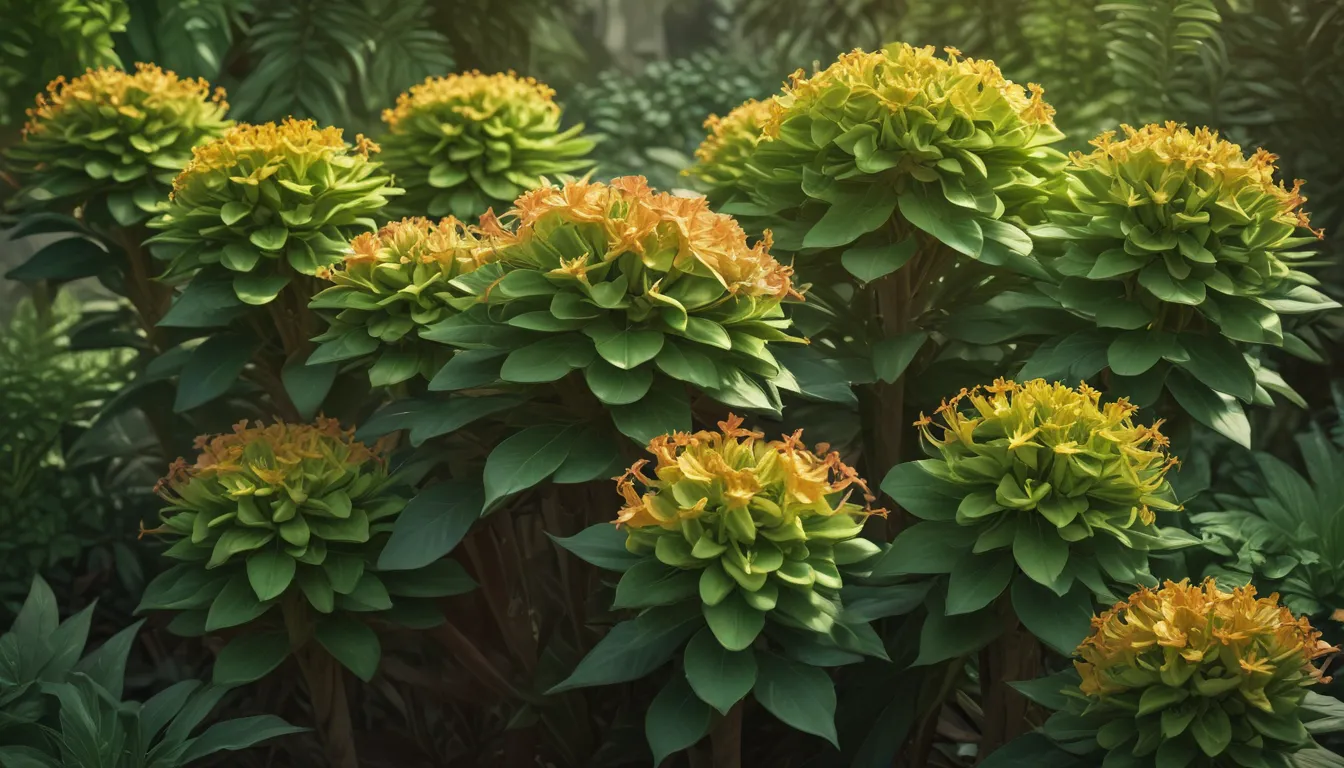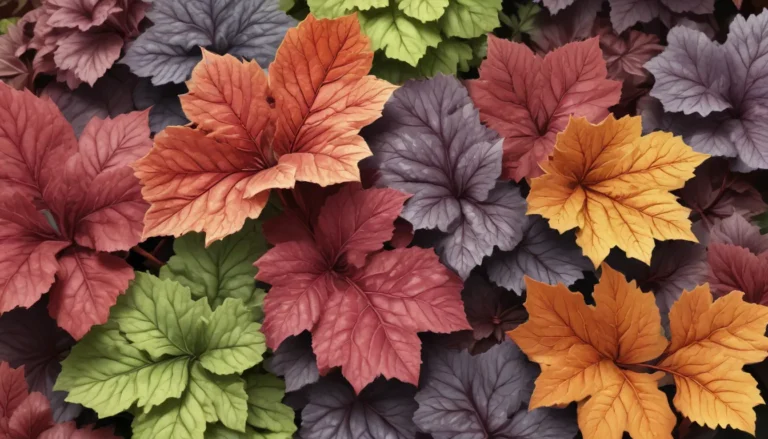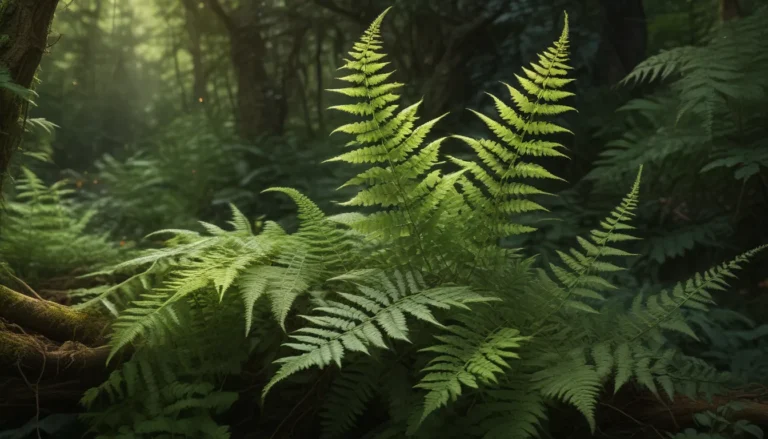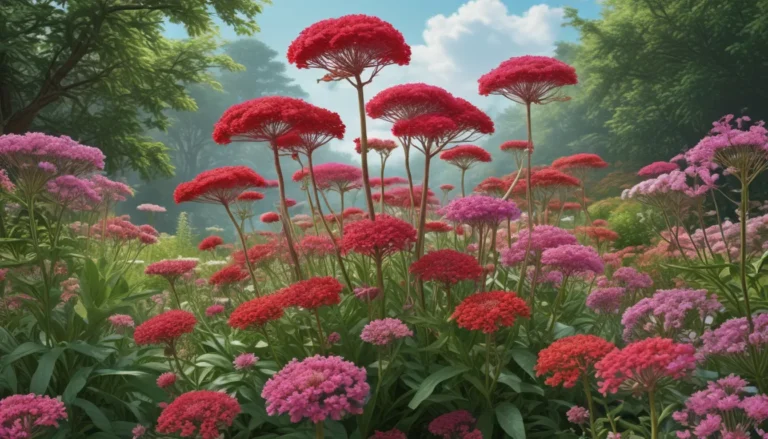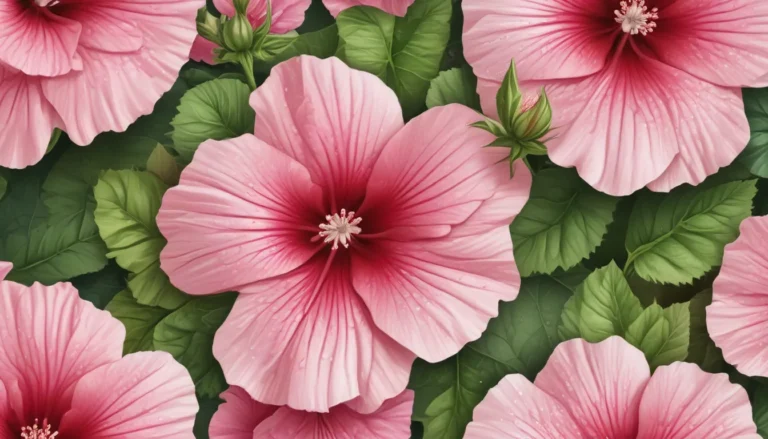The pictures we use in our articles might not show exactly what the words say. We choose these pictures to make you interested in reading more. The pictures work together with the words but don’t take their place. The words still tell you the important facts.
If you have ever marveled at the unique and captivating beauty of plants, Euphorbia is a genus that will undoubtedly catch your eye. With approximately 2,000 species under its umbrella, Euphorbia boasts a rich diversity that appeals to botany enthusiasts and casual observers alike. In this comprehensive guide, we will delve into the enchanting world of Euphorbia and uncover 20 fascinating facts that showcase the remarkable characteristics of these plants.
The Fascinating World of Euphorbia
Euphorbia is the largest genus of flowering plants, encompassing a wide array of species that thrive in habitats ranging from forests to deserts. These plants are well-known for their succulent nature, with fleshy stems and leaves that allow them to store water and adapt to arid conditions. Some Euphorbia species are renowned for their toxic sap, which contains compounds that can cause skin irritation. Despite their toxic nature, certain Euphorbia plants have been used in traditional medicine and rituals for centuries.
The Diversity and Adaptability of Euphorbia
One of the most striking features of Euphorbia is its wide range of growth habits. From small shrubs to towering tree-like forms, these plants offer a diverse selection for landscaping and gardening purposes. The popular poinsettia, known for its vibrant red bracts, is a well-known Euphorbia species that brightens up the holiday season. Euphorbia plants can be found on every continent except Antarctica, showcasing their resilience and ability to thrive in diverse climates.
The Unique Characteristics of Euphorbia Plants
Euphorbia plants exhibit unique flower structures that differ from traditional blooms, often surrounded by colorful bracts that resemble petals. Some species of Euphorbia possess medicinal properties and have been used in traditional medicine to treat various ailments. These plants have also been integrated into cultural practices and rituals, serving spiritual purposes and protection against negative energies.
The Role of Euphorbia in Ecosystems and Agriculture
Euphorbia plants are renowned for their remarkable drought tolerance, making them ideal for xeriscaping and water conservation practices. While some species have become invasive in certain regions, Euphorbia plants play a crucial role in traditional medicine and pest control. The resin of certain Euphorbia species has been used in fumigation, while the latex contains compounds with insecticidal properties.
Engaging with Euphorbia in Gardening and Beyond
Euphorbia plants come in a vibrant range of colors, adding visual interest to gardens and landscapes. Their unique growth patterns, such as branching in geometric arrangements or forming spiraling columns, contribute to their fascination. In some cultures, Euphorbia plants are utilized in traditional crafts to create baskets, furniture, and musical instruments, highlighting their versatility and cultural significance.
Conclusion: Embracing the Wonders of Euphorbia
In conclusion, Euphorbia stands out as a truly captivating genus of plants, offering a wealth of enticing features and unique characteristics. Whether you are drawn to their stunning colors, diverse shapes, or intriguing adaptations, exploring the world of Euphorbia is sure to leave you in awe. These plants not only enrich our surroundings with their beauty but also contribute to ecosystems, traditional practices, and agriculture.
FAQs: Exploring Euphorbia Further
-
Are Euphorbia plants easy to care for? Euphorbia plants are generally low-maintenance but require specific care based on the species. Researching their individual needs is essential for successful cultivation.
-
Can Euphorbia plants be kept indoors? Yes, many Euphorbia species thrive indoors with proper sunlight and watering conditions.
-
Are Euphorbia plants toxic? Some Euphorbia plants contain toxic sap, necessitating caution in handling and placement away from children and pets.
-
How often should I water my Euphorbia plant? Euphorbia plants have varying water requirements, and allowing the soil to dry between waterings is crucial to prevent root rot.
-
Can Euphorbia plants be propagated? Yes, Euphorbia plants can be propagated through different methods, such as stem cuttings or seeds, with specific requirements for each species.
-
Do Euphorbia plants require specific soil? Euphorbia plants prefer well-draining, slightly acidic to neutral soil for optimal growth.
-
Can Euphorbia plants be grown outdoors? Many Euphorbia species thrive outdoors in suitable climates, requiring consideration of temperature, sunlight, and water needs.
In conclusion, exploring the enchanting realm of Euphorbia offers a journey into the diverse and fascinating world of these remarkable plants. Whether you are captivated by their aesthetic appeal, intrigued by their ecological role, or interested in their cultural significance, Euphorbia plants have much to offer for both enthusiasts and curious minds. Dive deeper into the captivating world of Euphorbia and uncover the endless wonders that await your discovery.
